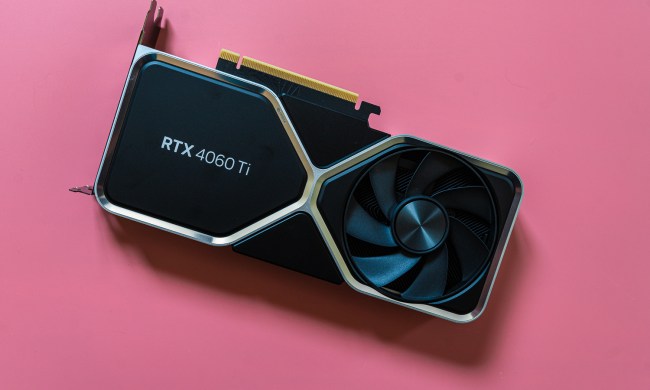Nvidia’s multibillion-dollar deal to acquire semiconductor giant ARM is officially over. Both the companies confirmed calling off the deal, citing “significant regulatory challenges” as the reason behind the cancellation.
Nvidia had big plans for ARM, but the deal received pushback from the very moment it was first announced. Is this going to be a major loss for computing, or was the deal set up to fail before it ever started?

The deal was first announced in September 2020, and at the time, it was valued at $40 billion. However, as the deal largely involved stocks and not just pure cash, by the time it would have gone through, Nvidia would be paying around $66 billion to acquire ARM. By calling off the acquisition, Nvidia is losing the $1.25 billion deposit it agreed on with SoftBank, ARM’s parent company. SoftBank has announced that it will go down the initial public offering (IPO) route as a result of the deal falling through. There were multiple signs pointing to the deal being off, which we detailed in a January article.
Nvidia’s attempted acquisition of ARM received a lot of heat from industry rivals and government agencies alike. The Federal Trade Commission (FTC) sued to block the deal from happening, referring to it as an “illegal vertical merger”. ARM is based in the U.K., and the local government there also did not approve of this acquisition. Job security may have been one of its worries — ARM employs over 3,000 people in the U.K. and more than 6,000 in total. However, Nvidia’s plans seemed to involve creating jobs as opposed to dismantling what ARM has already built.
The graphics card giant planned sizeable investments after the acquisition of ARM, including expanding the company’s operations in Cambridge, England, with a new A.I. research and education center. There were also plans to build an Nvidia/ARM-powered A.I. supercomputer. However, these plans were not enough to quell the worries of Nvidia’s competitors and official agencies.
If Nvidia’s dream to own ARM didn’t come to an abrupt end, the company would have become more self-sufficient than ever. It’s not out of the realm of possibility that Nvidia may have one day released chips similar to Apple’s own silicon, which is also based on ARM architecture. This would have opened up the door to next-level consumer computing.

As Nvidia acknowledges in its statement on the failed deal, ARM has a bright future ahead, spanning multiple industries. In the next decade, ARM processors may expand their reach far beyond consumer-level products and move toward A.I., supercomputing, and robotics.
If it had worked out, the Nvidia-ARM takeover would have been one of the biggest acquisitions the tech industry has ever seen. ARM is a giant that extends its reaches into many companies and countless devices. ARM architecture can be found within Apple, Samsung, Intel, Qualcomm, and Nvidia’s own products. That robust list of partners was probably one of the reasons why the deal was in jeopardy from the get-go.
Many have worried that Nvidia owning ARM would create unfair competition. Considering that ARM architecture powers the products of many of Nvidia’s rivals, there was certainly the potential for misconduct, although realistically, Nvidia would have had little chance to act unfairly when so many pairs of eyes tracked its every move.
Although the deal is off, Nvidia states that it will continue working with ARM in the same, or perhaps increased, capacity. Of course, this won’t cover the plans it had for the company after the acquisition.
“ARM has a bright future, and we’ll continue to support them as a proud licensee for decades to come,” said Nvidia CEO Jensen Huang in the company’s statement. “Though we won’t be one company, we will partner closely with ARM.”




